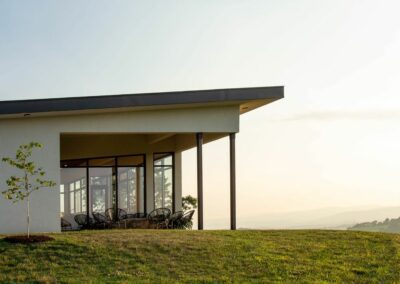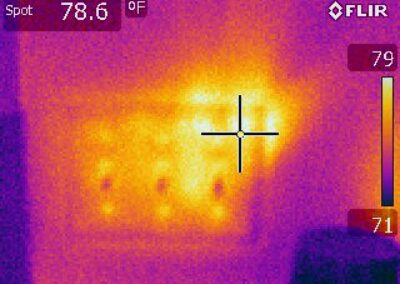 The 4 C’s: You have to be able to effectively convey the information from design to construction in a Clear, Concise, Correct, and Complete method.
The 4 C’s: You have to be able to effectively convey the information from design to construction in a Clear, Concise, Correct, and Complete method.
 Air Infiltration: The uncontrolled inward air leakage through cracks and holes in the building envelope and around windows and doors of a building caused by the pressure effects of wind and/or the effect of differences in the indoor and outdoor air density.
Air Infiltration: The uncontrolled inward air leakage through cracks and holes in the building envelope and around windows and doors of a building caused by the pressure effects of wind and/or the effect of differences in the indoor and outdoor air density.
Biophilic Design: premise that we can learn from nature to create better buildings and build better buildings by connecting to nature
Blower Door Test: used to determine total air leakage of a home’s thermal envelope.
 Building Automation System: technology that can be used to control the heating and cooling systems in a building. It can also be used to control lights on a room by room basis or a fixture by fixture basis. It can also be used to monitor security systems and even entertainment systems.
Building Automation System: technology that can be used to control the heating and cooling systems in a building. It can also be used to control lights on a room by room basis or a fixture by fixture basis. It can also be used to monitor security systems and even entertainment systems.
Cohousing: type of development where residents collaborate together on the design of their own neighborhood
Composting: practice of mixing organic waste that can biodegrade quickly to create a planting medium called compost
Conservation: act of preserving, guarding, or protecting the resources we have available on this planet
Construction Waste: materials at a job site that cannot be easily used on that site
Dark Sky (Light Pollution): excessive, misdirected, or glaring artificial light
Dehumidifier: piece of equipment that reduces the level of humidity in the air
 Detached Garage: garage not directly connected to your home
Detached Garage: garage not directly connected to your home
Elf: battery assisted, solar charged bike will go 1.5 hours on a charge depending on total weight on a charge and allows you to apply pedal power to extend your ride
Embodied Energy: total amount of energy required to produce a product
Encapsulated Crawl Space: sealed space that has a vapor barrier on the walls and floor
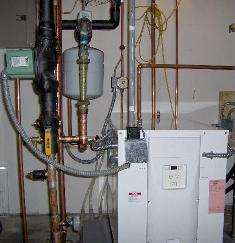 Geothermal Heat Pump: heating and cooling system that transfers heat to and from the ground through a loop to condition the air inside of your home or business.
Geothermal Heat Pump: heating and cooling system that transfers heat to and from the ground through a loop to condition the air inside of your home or business.
 High Efficiency Water Heater: High efficiency water heating can save you a considerable amount of energy each day. There are several systems used to efficiently heat water for usage inside a building. The most common is either an on-demand water heater or a heat pump water heater.
High Efficiency Water Heater: High efficiency water heating can save you a considerable amount of energy each day. There are several systems used to efficiently heat water for usage inside a building. The most common is either an on-demand water heater or a heat pump water heater.
Indoor Environmental Quality: the air that you breathe, the type of light, the sounds, and the comfort you feel.
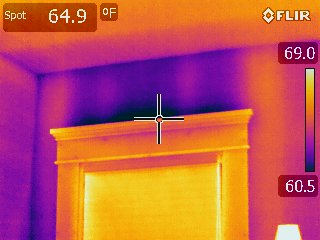 Infrared (thermographic) camera: allows you to see radiation or temperature differential on a surface making it visible light.
Infrared (thermographic) camera: allows you to see radiation or temperature differential on a surface making it visible light.
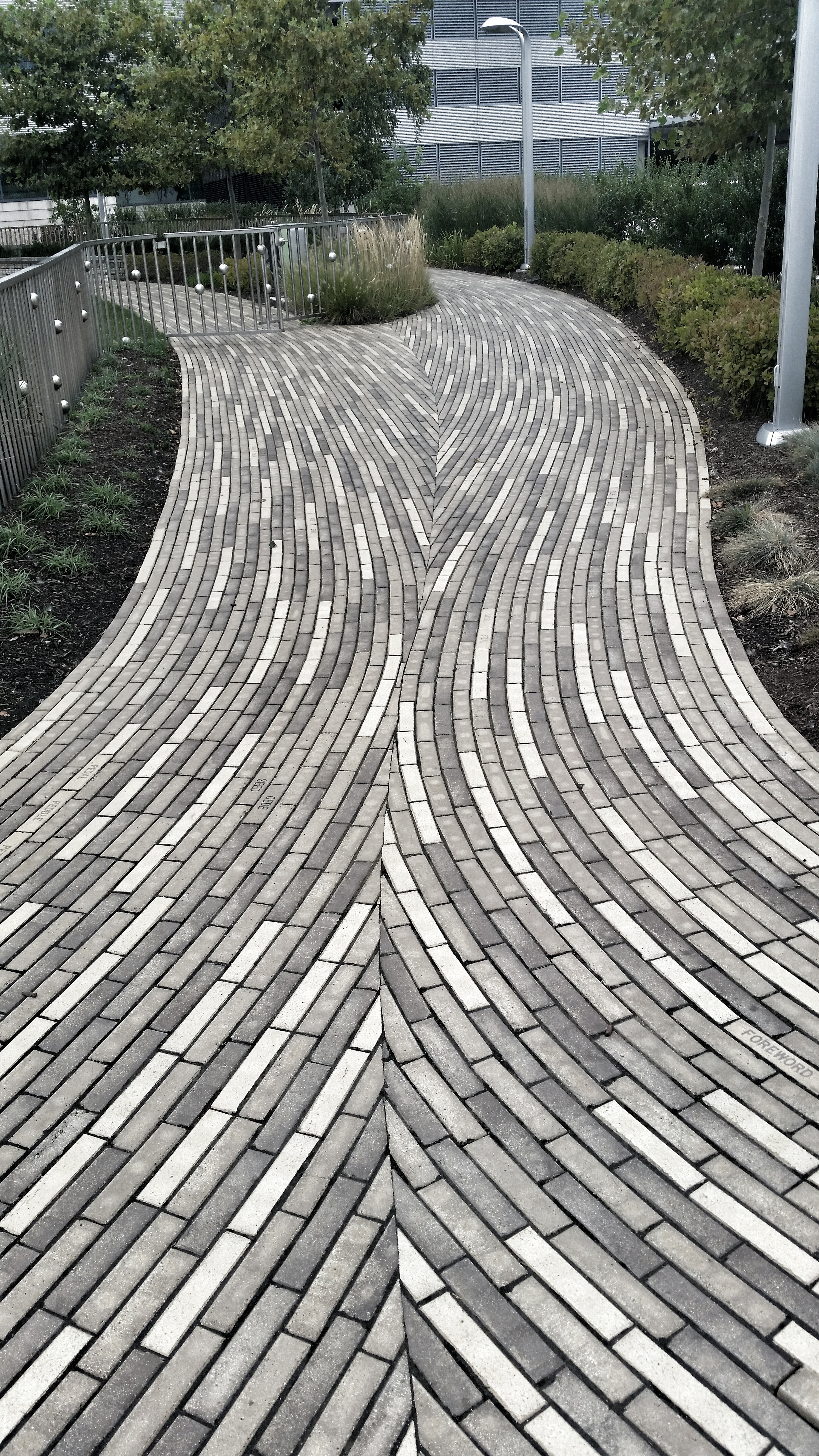 Integrated Design: Integrated design builds a team to walk the project from concept through construction
Integrated Design: Integrated design builds a team to walk the project from concept through construction
Life Cycle Analysis: system of reviewing the entire history of a product to account for the total impact on the environment
Off-the-grid: An off-the-grid system operates without reliance on a public utility.
Permeability: measure of the diffusion of water vapor through a material
Rainwater Harvesting: collection of water for reuse before it reaches the aquifer
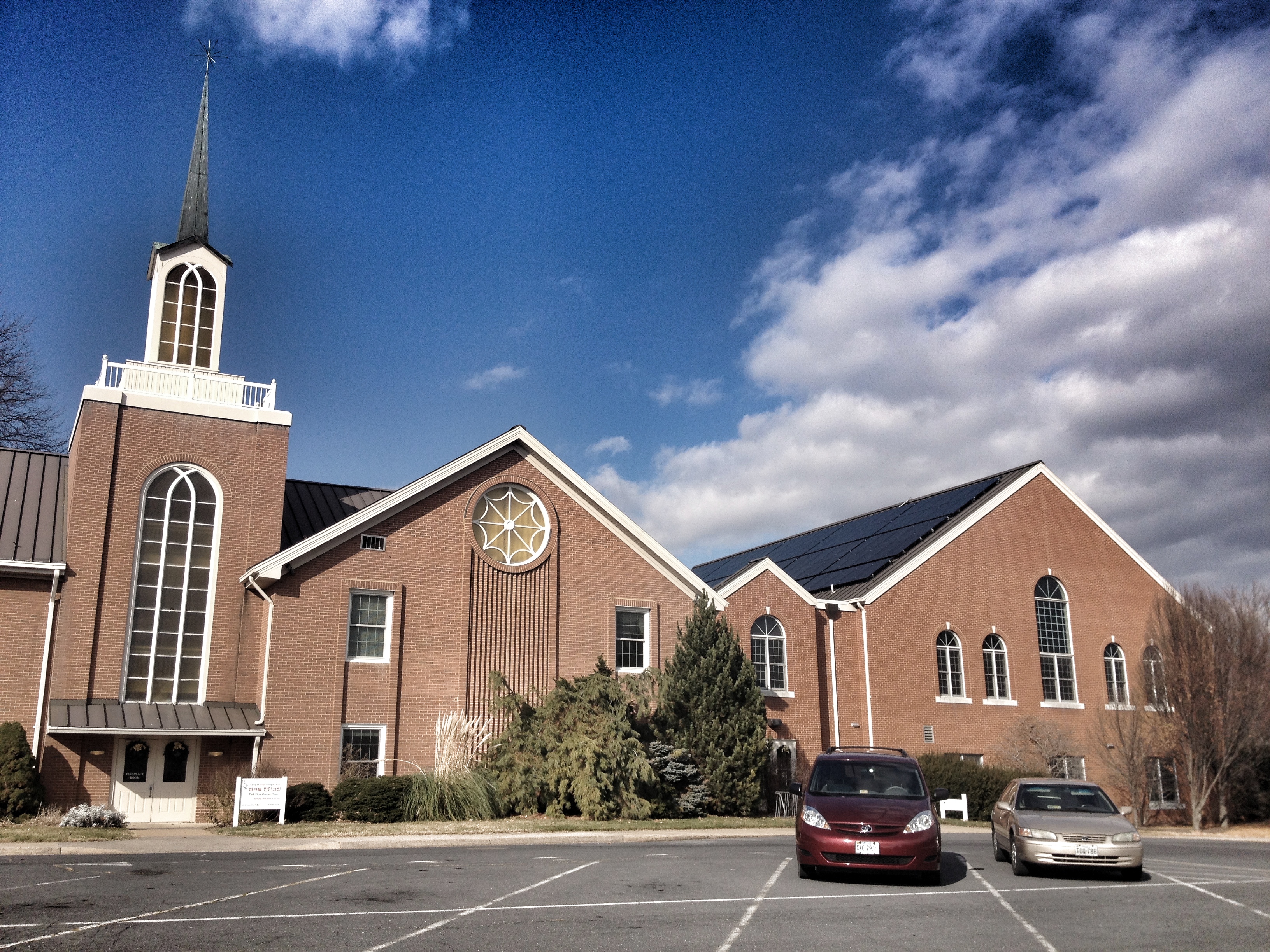 Renewable Energy Certificates (RECs): environmental attributes of your green power that are sold separately from the electrons that makes up the electricity.
Renewable Energy Certificates (RECs): environmental attributes of your green power that are sold separately from the electrons that makes up the electricity.
Recycled Content: process that takes a waste material and converts it to a new product, thus reducing the consumption of raw materials, potentially reducing energy usage, and diverts materials from a landfill
R-Value: measure of the reduction of heat transfer across a defined path
Solar Reflectance Index: measure of the constructed surface’s ability to stay cool in the sun by reflecting solar radiation and emitting thermal radiation
Stack Effect: movement of air into and out of buildings, driven by air pressure, temperature differential, and moisture
Stormwater: water that comes from precipitation (rain, snow, sleet…) and does not soak into the ground
Sustainability: Development that meets the needs of present generations without compromising the ability of future generations to meet their own needs.
Vegetated Roof: partially or completely covered roof with vegetation over a waterproof membrane
Water Conservation: takes into account activities to manage fresh water resources, protect the water environment, and to meet current and future demand for fresh water.
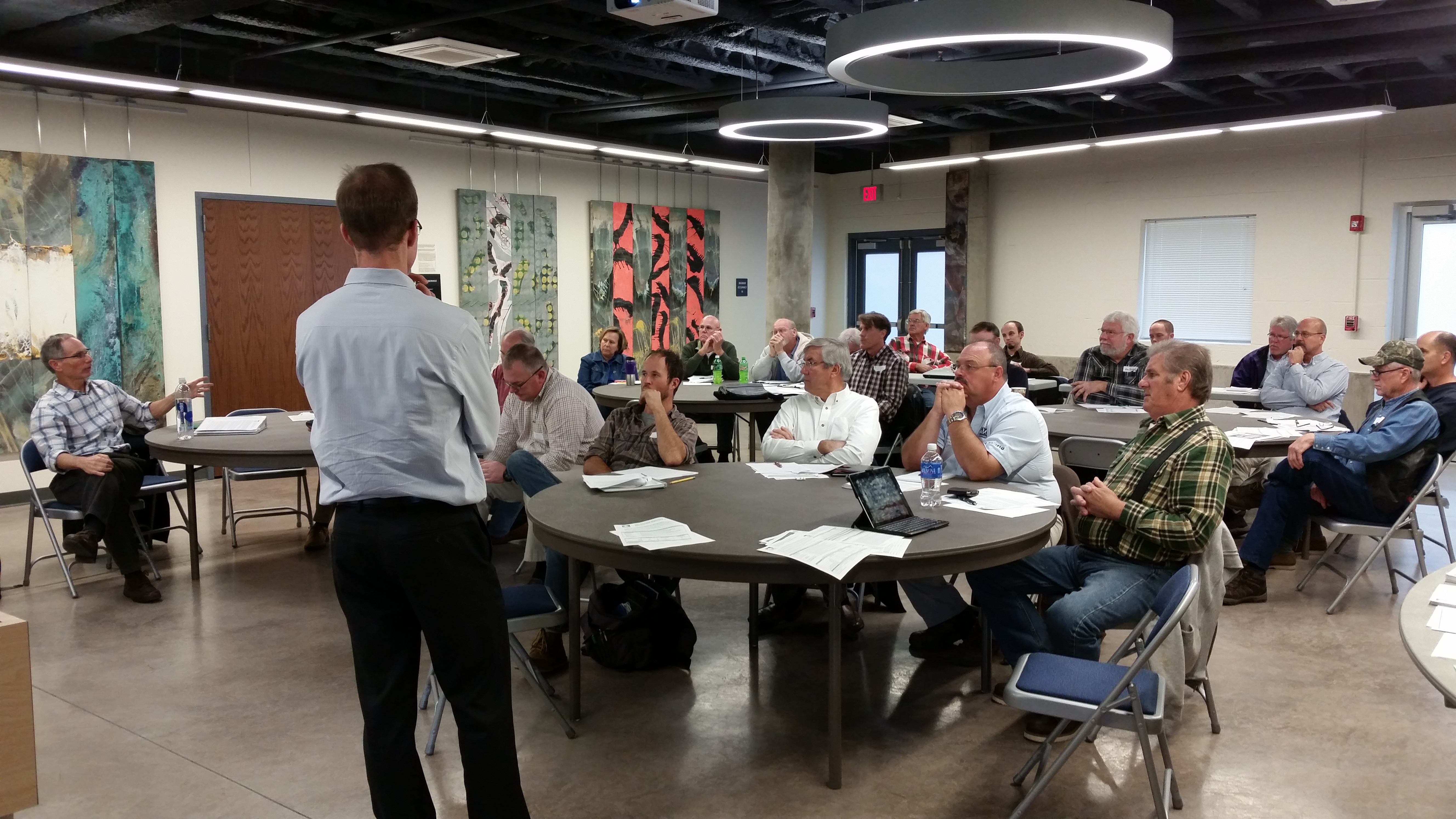 Zero Energy Ready Home: This program, once called Challenge Home, focuses on conservation strategies to reduce energy load and prepping the home for solar PV panels.
Zero Energy Ready Home: This program, once called Challenge Home, focuses on conservation strategies to reduce energy load and prepping the home for solar PV panels.



